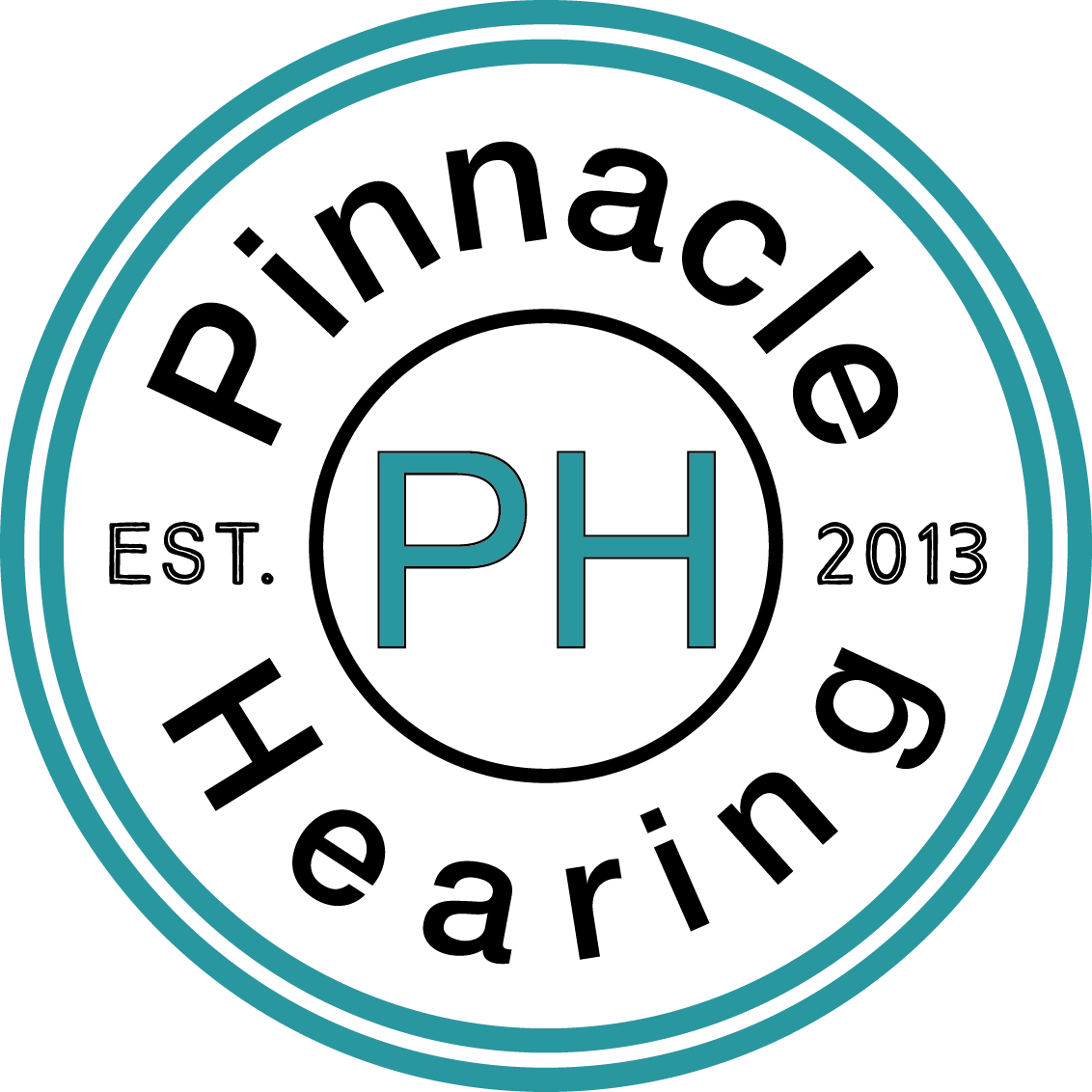Hearing Aids Repair

Troubleshooting Common Hearing Aid Issues
Before sending your hearing aids for servicing or repair, you might want to try these troubleshooting tips below:
Check if the device is turned on.
This is the most basic hearing aid troubleshooting procedure. First-time hearing aid users, or experienced wearers getting a new device may overlook turning the device on before use.
Turn up the volume.
Once you’ve already confirmed that the hearing aid is already turned on, but you still experience some issues, you can try checking the volume and see if it’s set at the desired level.
Check the batteries.
If you’re using a hearing instrument that runs on disposable batteries, try to check if the batteries are positioned correctly. Try to switch your existing batteries to a new set of batteries as well. If the device has no power or is not working as it should even with a new set of batteries, it’s time to bring it for repair.
Check the tubing (applicable for behind-the-ear models).
BTE hearing aids have a tubing that needs to be checked because it may be damaged or worn out over time. If the tubing of a BTE hearing aid shows signs of wear and tear or breakage, it needs to be repaired or replaced.
Hearing Aid Repair: When to Call the Pros?
When a hearing aid has major issues, it needs more than troubleshooting to fix it. If you experience the following situations below, it’s time to take your hearing aid to a hearing care professional:
Excessive whistling or feedback: When this happens, it could indicate an incorrect physical fit. This usually happens with a custom hearing aid or BTE ear mold. However, excessive whistling or feedback may also occur even if the hearing aids fit perfectly during the initial fitting because the shape and size of the ears may change overtime. Hence, there is a need to visit your audiologist regularly to make sure that the fitting is correct.
Cracked or damaged: Once you detect noticeable cracks or visible holes on the shell or faceplate, it’s time to get your devices repaired or replaced.
We highly discourage our clients from repairing hearing aids on their own. You could lose the warranty or risk damaging the unit more.
At Pinnacle Hearing, our audiologists are trained in servicing and repairing hearing aids. For minor repairs, turnaround time is within the day it is brought to our clinic. For major repairs or replacement under warranty, we will facilitate sending the unit to the manufacturer for your convenience.
Keep Moisture At Bay
Did you know that the leading cause of hearing aid damage is prolonged exposure to moisture? Majority of the hearing aid repairs we carry out are all linked to moisture or humidity. This is not really surprising, considering that the ears are far from being a dry body part.
So how do we keep moisture at bay? First thing you need to do is to open the battery compartment of your hearing aids, remove the battery, and allow the device to air dry.
A hearing aid dehumidifier also helps keep moisture levels to a minimum.
Preventing the Need for Hearing Aid Repairs
When you get a hearing aid, you need to treat it as a mini-gadget or appliance that needs proper maintenance and cleaning. Hearing devices are designed with tiny holes, vents or spaces, which can accumulate earwax and dirt in the long run. This is why regular cleaning and maintenance is encouraged.
For hygienic purposes, it’s best to clean the hearing aids daily (usually before you sleep) with a clean dry cloth or tissue. This is to prevent excessive build-up from clogging the sound ports, receiver and microphone.
Of course, the ears must be clean, too! By keeping the ears clean from dirt, wax and debris, the hearing aid will be housed in a conducive environment free from moisture and bacteria.
All About Earwax
Earwax is a natural secretion made to lubricate and protect the ears. However, excessive production of earwax is not very favorable for people wearing hearing aids.
Excessive earwax may block the ports and stick to the crevices of the hearing aids, resulting in malfunctioning or other technical issues. Keep earwax at bay with the help of hearing healthcare professionals – avoid putting foreign objects in your ears including cotton buds, Q-tips, bobby pins, etc.
DIY ear wax removal is highly discouraged. If you need to get that sticky gunk out of your ears, it’s best to let the pros do it – safely and efficiently.
Pinnacle Hearing provides hearing aid repair.
No hearing aid is perfect – even the most expensive and advanced hearing aids may still need hearing aid repair or maintenance down the line. Hearing aids may also need routinely maintenance which includes firmware updates. Pinnacle Hearing can repair most devices with minor issues on-site the same day. We have the equipment and expertise to carry out quick and efficient hearing aid repair and maintenance.
Contact us today to schedule an appointment at our clinic in Little Rock or Camden.


